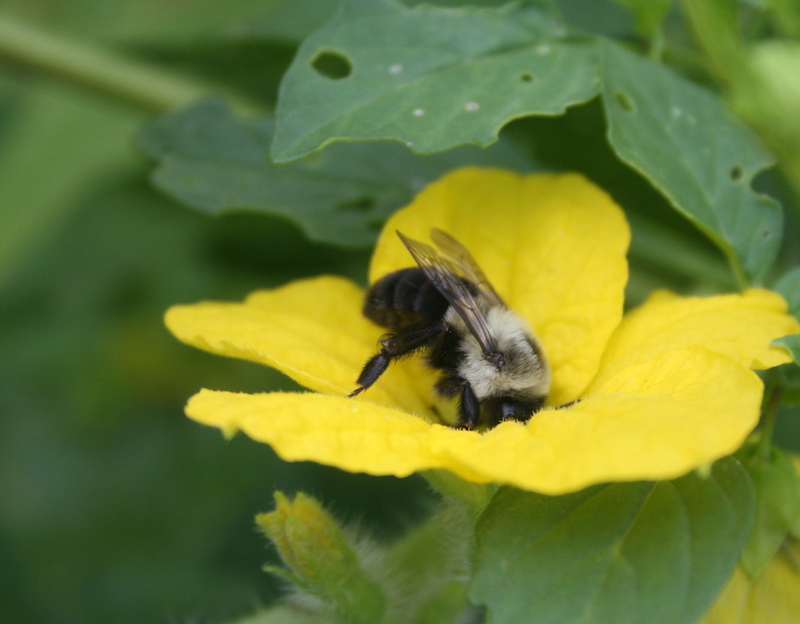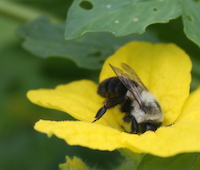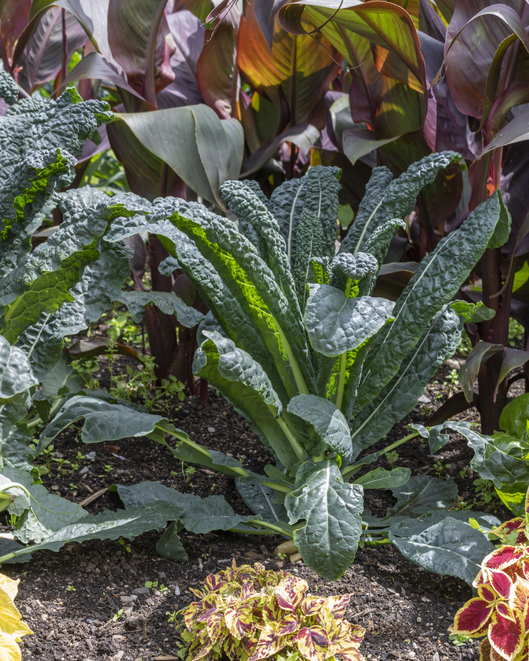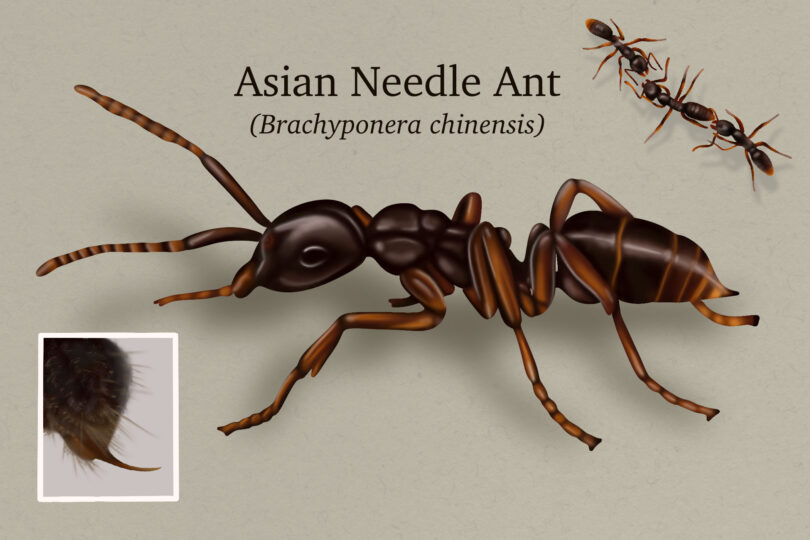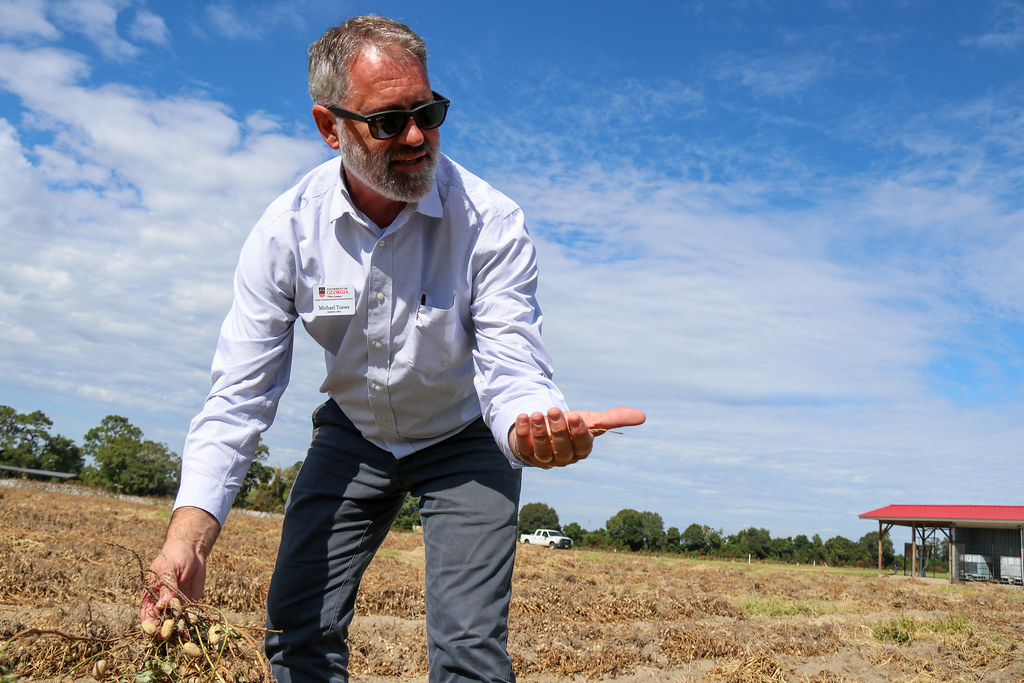Ground-nesting bees and wasps may alarm people, but they are actually "good bugs" that are busy doing their jobs as pollinators or serving as useful predators in controlling harmful insect pests.
There are more than 3,500 species of solitary bees in North America. The most common ground-nesting bees and wasps that we see include bumblebees (those “giant” ones), sweat bees, digger bees, leaf-cutting bees, digger wasps and cicada-killer wasps. All of these ground-nesting bees and wasps are curious and investigate people and pets near their burrows.
This is probably what you would do if someone was walking onto your front porch, right?
Generally, these bees do not present a stinging hazard and do not defend their nesting territory aggressively — unlike yellow jackets and honey bees, who are more easily provoked. With the exception of yellow jackets, most ground-nesting bees and wasps are solitary, which means only one lone female works and lives in each underground nest.
However, multiple solitary nests can be found in an individual back yard or lawn. These bee neighborhoods make the insects more noticeable, giving the appearance that the insects are swarming around.
So why do certain back yards or lawns seem to have more ground-nesting bees than others? According to most entomologists, it’s because they have an environment that these bees prefer. Ground-nesting bees generally prefer nesting in areas with morning sun exposure and well-drained soils that contain little organic matter.
Burrows are excavated in areas of bare ground or sparse vegetation.
The best control methods include heavy watering or irrigation with a lawn sprinkler during the nest-building period to discourage nesting. Tilling of soil to destroy tunnels may help a little, but establishing a dense turfgrass is probably the best long-term discouragement to further nesting.
If the soil or location is not conducive to a healthy lawn, using ground covers or heavy mulches may be an alternative solution. Mulches may be used on bare patches caused by heavy foot traffic where grass will not grow. Generally, chemical applications are not practical and control can be difficult since each individual nest cell or colony requires treatment.
If possible, try to identify which type of bee you have before reaching for the jet-spray aerosol.
For more aggressive bees and wasps such as yellow jackets, this may be your only option. But remember, most ground-nesting bees and wasps are “good bugs” and they have a very important, valuable function in landscapes for pollination and getting rid of “bad bugs.”
For some crops, bumblebees and other native bees are more efficient pollinators than managed honey bees. It’s estimated that one of every three bites of food you put in your mouth depends on pollination by bees. In fact, 90 percent of all commercially-grown field crops depend on pollination for growth.
So, instead of destroying these valuable insects, take a moment to teach your children and neighbors to appreciate their importance and respect their place in nature.

